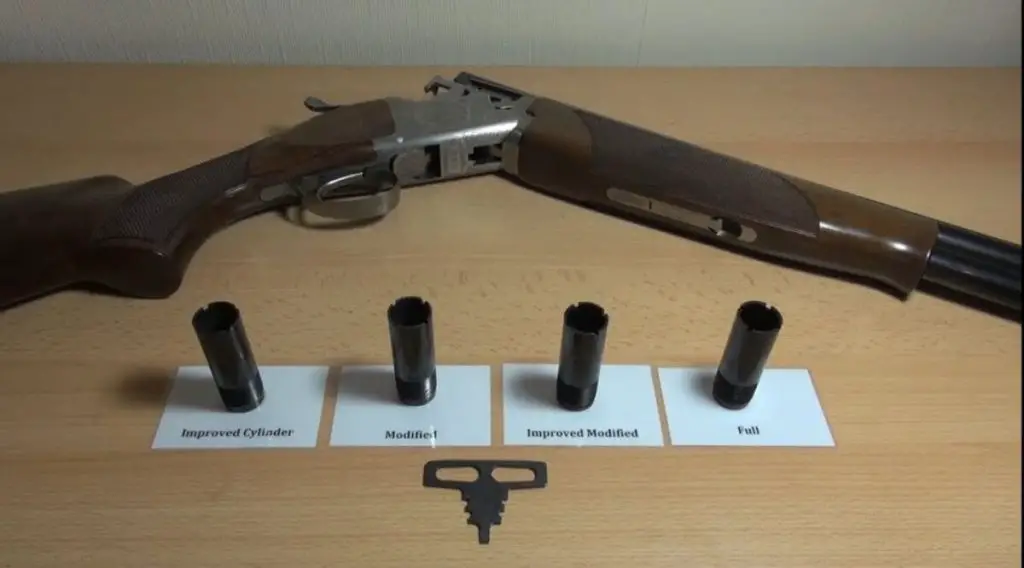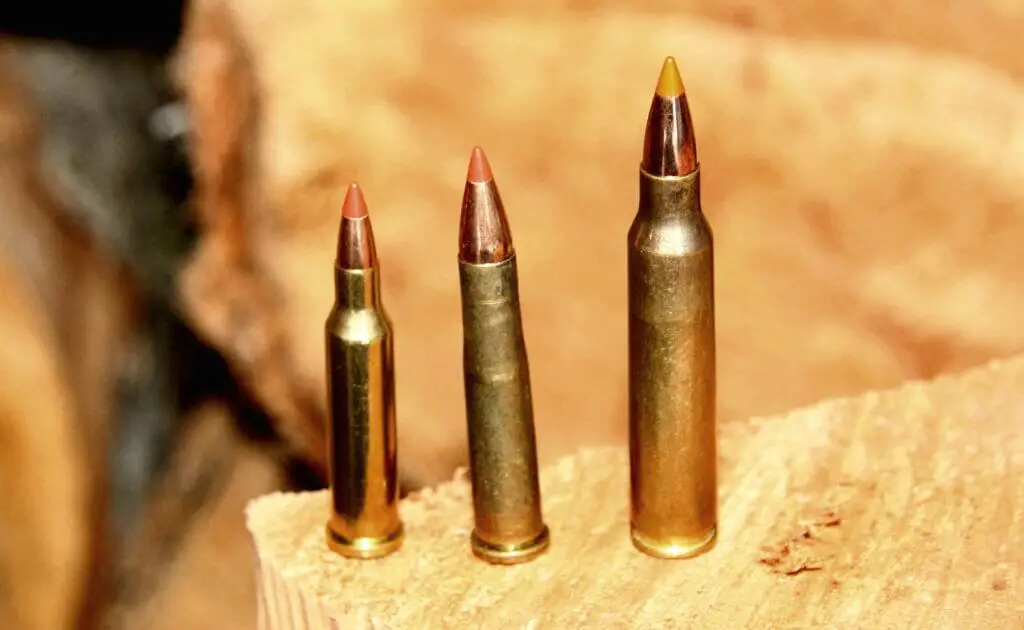The Remington 572 is an iconic firearm known for its excellent performance and versatility. It’s a powerhouse in small game hunting with its accuracy and reliability. However, like any mechanical device, the Remington 572 can present challenges to its users, ranging from minor technical difficulties to more complex issues. This blog post delves into the common problems encountered with the Remington 572, highpointing solutions, and more advanced troubleshooting steps to keep your firearm in optimum working condition.
Commonly Reported Remington 572 Problems
Ejection and Feeding Problems
Many Remington 572 owners report challenges related to ejection and feeding issues. At times, the gun might fail to feed rounds into the chamber correctly, or in other instances, it may fail to eject spent shells. These issues can affect the overall performance and reliability of the firearm.
Accuracy Issues
Another commonly reported problem concerning the Remington 572 is its perceived inconsistency in accuracy. Some users note that the rifle suddenly seems to lose its precision, which can be particularly frustrating for seasoned hunters and shooting enthusiasts who expect a consistent performance.
Cycling Issues
A notable problem with the Remington 572 is associated with cycling rounds. The lever may either become hard to operate or fail to feed rounds correctly as it should. Such a state results in inconsistent firing, therefore, affecting the overall operation of the firearm.
Tricks and Tips to Troubleshoot Remington 572 Problems
Solving Ejection and Feeding Issues
1. Inspect your Ammo: The first step towards resolving feeding and ejection problems is to ensure you are using the correct ammunition. Different firearms require diverse rounds for optimum performance, and the Remington 572 is no different.
2. Clean your Firearm: Accumulation of dirt and debris can obstruct the smooth operation of the firearm. Make it a routine to clean your rifle, paying close attention to the chamber and the ejection port.
3. Consult a Professional: If the first two steps don’t rectify the problem, it would be best to seek the help of a gunsmith. An experienced gunsmith can diagnose and fix these types of issues quickly and accurately.
Improving Accuracy
1. Check your Sights: Sights play a crucial role in ensuring accuracy. Make regular adjustments to the sights as needed, ensuring they are aligned correctly.
2. Regular Cleaning: Build-up of fouling can greatly affect the accuracy of the Remington 572. Frequent and thorough cleaning of the bore, barrel, and bolt is therefore recommended.
3. Try Different Ammo: Different ammunition behaves differently in individual rifles. It may be advisable to try different varieties and brands of ammo to figure out which ones give you the best accuracy.
Addressing Cycling Problems
1. Lubricate your Firearm: Lack of enough lubrication can make the cycling operation difficult. Ensure to use an appropriate firearm lubricant on the moving parts.
2. Inspect the Lever: A faulty or damaged lever can lead to cycling issues. Consider replacing it if it’s worn out.
Should these solutions fail to rectify the reported problem, seek professional help. For a firearm like Remington 572, maintaining it in optimal working conditions is crucial for its longevity and functionality. Remember to follow all safety rules when handling or maintaining your firearm. It’s advisable to consult a professional gunsmith if you’re facing persistent technical issues or if you’re unsure about any aspect of firearm maintenance. They have the knowledge and skills to diagnose and fix both common and complex firearm problems effectively.
Frequently Asked Questions
1. What Remington rifles are defective?
Remington rifles that were affected by a known defect include certain models of the Remington 700, which has a history of potential firing issues. Specifically, rifles manufactured between 1962 and 1982 with a unique trigger mechanism known as the “Walker Fire Control” were affected.
2. What years did Remington have trigger problems?
Remington trigger problems primarily occurred during the manufacturing years of 1962 to 1982. During this period, Remington produced rifles with the Walker Fire Control triggering system, which had the potential for misfires or accidental discharges due to design flaws.
3. What is the Remington misfire lawsuit?
The Remington misfire lawsuit refers to a class-action lawsuit filed against Remington Arms Company. The lawsuit alleged that certain Remington rifles, particularly those equipped with the Walker Fire Control trigger, were prone to sudden and unexpected discharge, leading to accidents and injuries. The case was settled in 2014, resulting in a voluntary recall and free trigger replacement program for affected firearms.
4. Has Remington fixed the Model 700?
Yes, Remington has taken steps to address the issues with the Model 700. As part of the settlement agreement in the misfire lawsuit, Remington initiated a comprehensive trigger replacement program. The company offered free retrofit kits or trigger replacements for affected rifles to remediate potential safety concerns. This initiative allowed owners to modify their Model 700 rifles, making them safer and minimizing the risk of accidental discharges.
5. Are all Remington 572 rifles prone to problems?
No, not all Remington 572 rifles are prone to problems. While there have been complaints about certain rifles experiencing malfunctions or reliability issues, it is essential to note that not all Remington 572 rifles exhibit these problems. It’s worth considering that with any mass-produced product, factors such as maintenance, ammunition quality, and individual usage patterns can influence performance.
6. What are the most common problems with Remington 572 rifles?
The most commonly reported problems with Remington 572 rifles include feeding issues, failure to extract, jamming, and occasional misfires. However, it is important to remember that these problems may not be experienced by all owners and can often be resolved with proper maintenance or addressing specific ammunition compatibility.
7. How can I fix a feeding issue with my Remington 572?
If you are experiencing feeding issues with your Remington 572 rifle, there are a few troubleshooting steps you can take. Start by ensuring that you are using the correct magazine and ammunition. Clean the rifle’s chamber and magazine tube, as the accumulation of debris can sometimes cause feeding problems. Finally, inspect the rifle for any signs of damage or wear, and if necessary, contact a qualified gunsmith for further assistance.
8. Why does my Remington 572 occasionally misfire?
Occasional misfires in your Remington 572 rifle can occur due to various factors. Start by examining the ammunition quality and ensuring you are using reliable, factory-loaded rounds. Check the firing pin for any fouling or debris that may affect its proper function. Additionally, inspect the chamber for any signs of rust, debris, or fouling that could impair the cartridge ignition. If the issue persists, consulting a qualified gunsmith is advisable.
9. Can I replace the trigger on my Remington 700 myself?
While it is technically possible to replace the trigger on your Remington 700 rifle yourself, it is highly recommended that you seek the assistance of a trained gunsmith. Trigger replacement requires specific knowledge and expertise to ensure proper installation and functionality. A gunsmith will have the necessary tools and experience to safely and accurately replace the trigger while maintaining the integrity and safety of the firearm.
10. How can I ensure the safety of my Remington 700 rifle?
To ensure the safety of your Remington 700 rifle, make sure to follow all basic firearm safety rules, such as treating every firearm as if it is loaded, keeping your finger off the trigger until ready to shoot, and pointing the muzzle in a safe direction. Regularly inspect and maintain your rifle, paying particular attention to the trigger, action, and chamber. If you own a Remington 700 manufactured between 1962 and 1982, check if it falls under the recall or retrofit program initiated by Remington and take necessary steps to address any potential safety concerns.
- How to Put a Scope on a Mosin Infantry in Tarkov: A Quick Guide - November 7, 2024
- How to Edit a Scope Box in Revit: A Step-by-Step Guide - November 6, 2024
- How to Put a Scope on Mosin Tarkov: Expert Tips for Gamers - November 6, 2024


